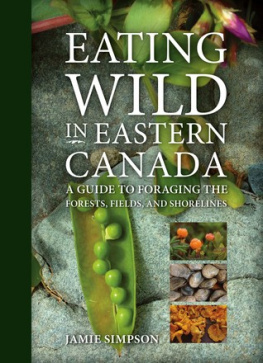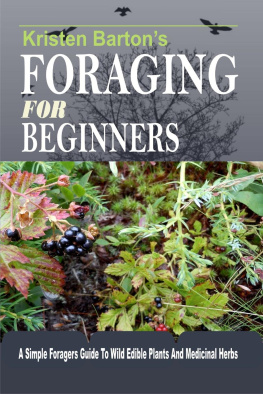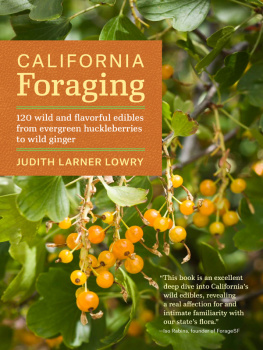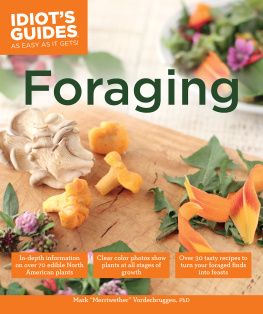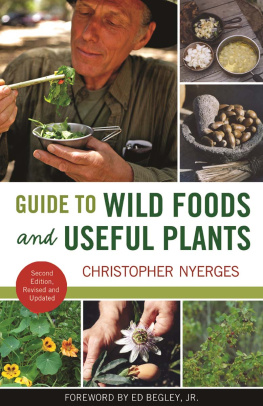Winifred Bird - Eating Wild Japan: Tracking the Culture of Foraged Foods, with a Guide to Plants and Recipes
Here you can read online Winifred Bird - Eating Wild Japan: Tracking the Culture of Foraged Foods, with a Guide to Plants and Recipes full text of the book (entire story) in english for free. Download pdf and epub, get meaning, cover and reviews about this ebook. year: 2021, publisher: Stone Bridge Press, genre: Science. Description of the work, (preface) as well as reviews are available. Best literature library LitArk.com created for fans of good reading and offers a wide selection of genres:
Romance novel
Science fiction
Adventure
Detective
Science
History
Home and family
Prose
Art
Politics
Computer
Non-fiction
Religion
Business
Children
Humor
Choose a favorite category and find really read worthwhile books. Enjoy immersion in the world of imagination, feel the emotions of the characters or learn something new for yourself, make an fascinating discovery.
- Book:Eating Wild Japan: Tracking the Culture of Foraged Foods, with a Guide to Plants and Recipes
- Author:
- Publisher:Stone Bridge Press
- Genre:
- Year:2021
- Rating:5 / 5
- Favourites:Add to favourites
- Your mark:
Eating Wild Japan: Tracking the Culture of Foraged Foods, with a Guide to Plants and Recipes: summary, description and annotation
We offer to read an annotation, description, summary or preface (depends on what the author of the book "Eating Wild Japan: Tracking the Culture of Foraged Foods, with a Guide to Plants and Recipes" wrote himself). If you haven't found the necessary information about the book — write in the comments, we will try to find it.
From bracken to butterbur to princess bamboo, some of Japans most iconic foods are foraged, not grown, in its forests, fields, and coastal waters--yet most Westerners have never heard of them.
In this book, journalist Winifred Bird eats her way from one end of the country to the other in search of the hidden stories of Japans wild foods, the people who pick them, and the places whose histories theyve shaped.
A beautiful and thoughtful exploration of the deep relationship--past and present--between people and wild plants in one of the worlds richest foraging regions.Samuel Thayer, author of Incredible Wild Edibles and The Foragers Harvest
Winifred Bird: author's other books
Who wrote Eating Wild Japan: Tracking the Culture of Foraged Foods, with a Guide to Plants and Recipes? Find out the surname, the name of the author of the book and a list of all author's works by series.


